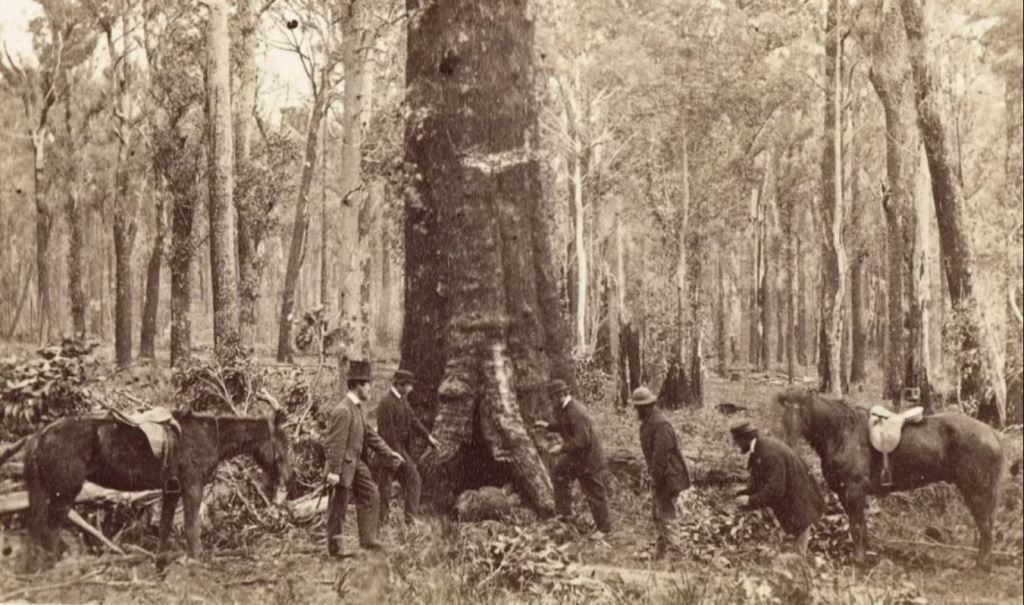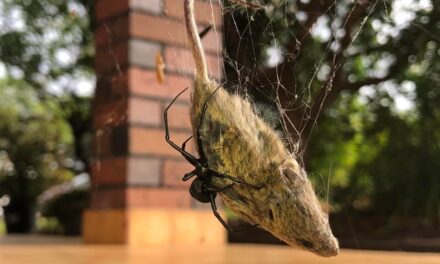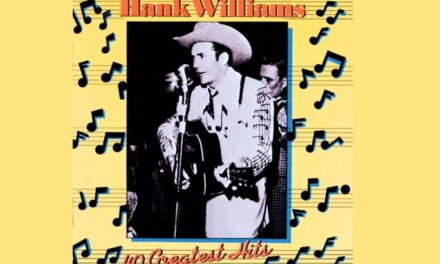Daylesford was a multicultural society well before the expression was in popular use. If you had walked down Vincent Street in the 1860s you would have heard a multitude of different languages – Gaelic, Welsh, Italian, German, Chinese, English with many dialects, Maori, Hungarian and French, including the West Indies variant.
Most people were free settlers, but many came against their will. Australia was originally a penal settlement, and the punishment was two-fold: the sentence was served, but the released prisoner was never to return to the UK. Between 1788 and 1868, more than 162,000 convicts were transported from Britain and Ireland as punishment for their crimes, chiefly to NSW and Van Diemen’s Land (VDL) as Tasmania was named up until 1856. Seventy-five thousand were sent to VDL in this time, starting in 1812 and ending in 1853. The sentences were usually seven or fourteen years, or life.
After completing their sentence and receiving a Ticket of Leave, they were free to move around Australia. Very soon they were hearing news of goldrushes at various mainland locations which attracted many of them to Victoria and some to our district. The general disapproval felt towards convicts ensured that it was rare for them to acknowledge their past. Many changed their names, making them very difficult to trace. A glaring exception was Ann Pitt who was unmasked in the Daylesford court as being a “Derwenter”, referring to Hobart’s river Derwent.
Ex-convicts were also referred to as “Vandemonians”. Most of the ex-convicts who came to our area were from VDL, but one exception we know of was Richard Babington, who came via Sydney, and took up a swathe of land at Glenlyon.
The father of one of the Three Lost Children, Benjamin Burman, was sent to VDL from Canada.
Burman was born around 1811 in South Cave, Yorkshire. When he enlisted in his regiment (the 34th Foot) he was dispatched to Canada and was stationed in New Brunswick. On March 8, 1834 Burman was court-martialled for desertion and disobeying orders. He was found guilty and sentenced to transportation for life.
As part of his punishment he was branded under the left arm with the Letter “D”. Burman was then transported, first back to England, and then to VDL in 1835, where his occupation was listed as “Butcher”, an occupation he would take up again later in Daylesford. Shortly after arriving, with a new job description as a “Gent’s Servant”, he became an aide to the Government Surveyor and travelled about VDL with the various assigned missions of George Frankland. He was also noted as a “property overseer”, and later Overseer at the coal mines near Port Arthur.
He served his 14-year sentence in full, not remitted for good behaviour as was common, possibly as a deterrent to other Army deserters. He received a Conditional Pardon in 1848 and around 1850 he was listed as the publican of the Golden Fleece Hotel in Elizabeth Street, Hobart.
But by the late 1850s he had left for Victoria and was established in Connells Gully, Daylesford. Burman married Elizabeth Halloran in Hobart in 1845 and their first two children were born there. Four more children were born in Victoria, three in Prahran, Wombat, Connewarre, and Alfred, born in Daylesford in 1862, who was one of the unfortunate Three Lost Children who wandered away from their homes on Table Hill, and subsequently died in the bush near Wheelers Hill in 1867, with brothers William and Thomas Graham.
From Les Pitt and the Daylesford & District Historical Society





